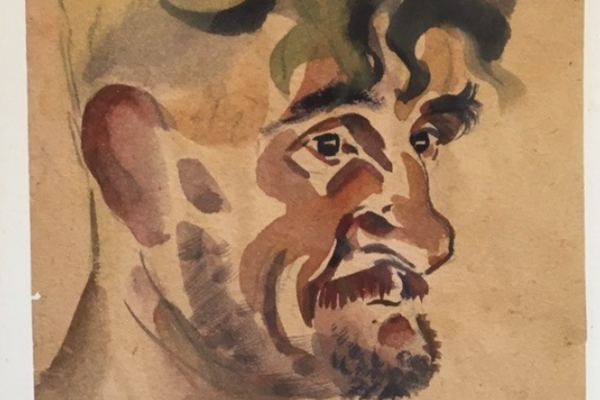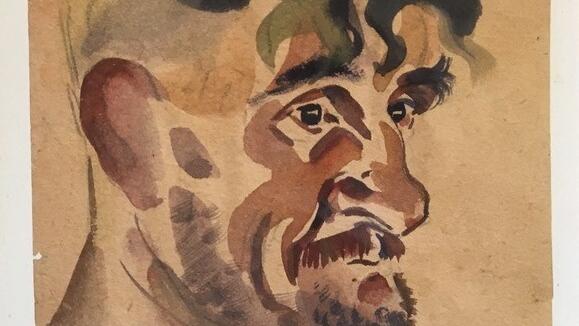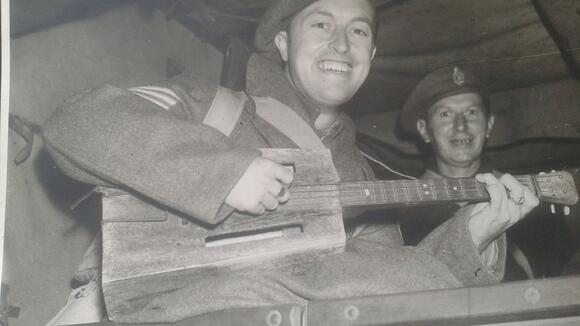
The Secret Art of Survival
The Secret Art of Survival - Creativity and ingenuity of British Far East prisoners of war, 1942 - 1945
This project is the culmination of over seven years’ research identifying and locating previously unseen art works. The work had to made secretly and kept hidden by British servicemen in Far East captivity during the Second World War. To date over 65 artists have been identified, the exhibition in partnership with Victoria Gallery & Museum brings together their work for the first time. The work gives a rare insight in to life as Far East prisoners of war (FEPOW).
Where: Victoria Gallery & Museum, Liverpool
Opening: Friday 25 October 2019
About the Project
The FEPOW study is the longest running project in LSTM's history. From late 1945 until the late 1990s the emphasis was on healthcare, diagnosing and treating tropical infections and the effects of prolonged gross malnutrition. Since 1999, the focus has shifted to recording this unique medical history.
Whilst conducting a major FEPOW oral history study from 2007 to 2009, researchers became aware of a growing number of previously unseen and unknown artworks, created secretly and hidden during captivity by numerous amateur artists; much of it remained hidden long after liberation, until now. Treasured by the veterans and now their families, this "documentary art" illustrates many aspects of captivity from everyday life, disease, medical ingenuity, the beauty of their surroundings to faith, humour and survival.
The Artwork
Art became the lens through which the artists illuminated the nightmare of disease and death in his midst. There was no other way of recording the neglect - no reporters or Red Cross delegations - just artists who recorded precisely what they wanted the viewer to see. And done at great risk.
This art, created hurriedly against captors' orders, had to be kept hidden. Over 70 years on, it gives unique insights into the monumental struggle to survive, both physically and mentally, and represents countless and repeated acts of courage. Artistic styles include depictions of the ravages of tropical infections, portraiture, landscape, ingenuity, cartoons and caricatures, theatrical posters, stage sets and wildlife studies.

With thanks to:

We would like to acknowledge the support of our donors who generously contributed via our Crowdfunding appeal:
|
|
|
With thanks to the many other donors who wish to remain anonymous and to all the lenders of the items on show, especially the FEPOW descendants.


